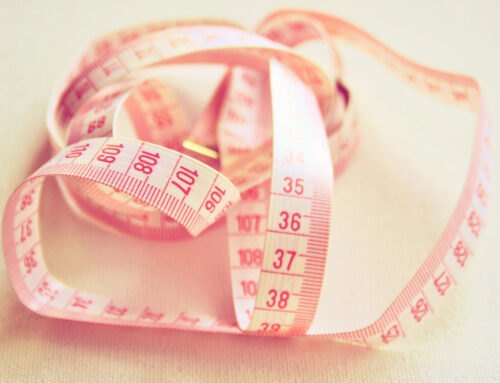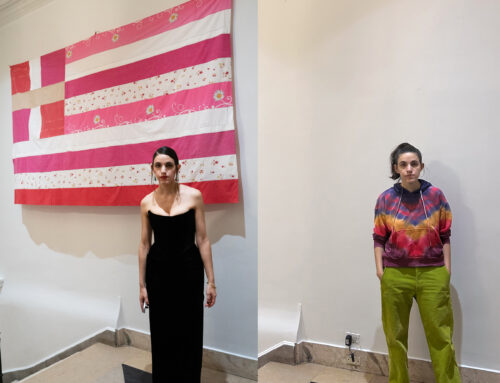
Picture this: it’s 7 AM, you’ve just woken up, and you’re making yourself a fancy cup of matcha. You pour it into your brand-new travel mug and slip on your sneakers as you dash out the door to your early morning yoga class. Later, you’re going to have brunch with friends, run some errands (nothing too stressful though), and then take a long, well-deserved shower with all your luxurious, high-end bath products. You end the day meditating and writing in your journal. Sounds good, doesn’t it? Too bad life isn’t like that for most of us. This is the make-believe reality of That Girl, an imaginary young woman who somehow has her life together despite being no older than 25. It is also one of the latest lifestyle trends on social media platforms, originally popping up on TikTok.
It’s no surprise That Girl became popular shortly after the pandemic. People had a lot of time on their hands and began introspecting. We realized we were unhappy with the way we did things, with our dull everyday lives. And here came an opportunity – a once-in-a-lifetime opportunity – to improve every aspect of our lives before reemerging into society. And so That Girl was born. She has the time, money, and energy to live out our productivity and wellness fantasies.
On the surface, it sounds innocent enough. How could a trend that urges us (young women especially) to better ourselves be harmful? As with everything on the internet, it didn’t take long for its dark side to be revealed. The obvious danger is that it promotes a lifestyle that simply isn’t attainable by most. It is an extreme, exaggerated version of what life could be like. Few young people have the time and money to essentially do nothing all day but hang out and go to the gym. Most have to focus on work, studies, or both. This tendency to create impossible standards is nothing new, of course.
Yes, there are healthy aspects to it, like wanting to eat nutritious food or regularly reflecting on your feelings and exercising. Unfortunately, it is marked by this all-or-nothing approach to self-improvement. A quick scroll on Pinterest will produce faux-inspirational quotes such as “be addicted to bettering yourself”. One must wonder, is addicted really the right word to use? Isn’t it a little too strong?
The second issue with the That Girl trend is that it seems to be a reaction to an older trend. I imagine you’re also familiar with the image of the grungy Tumblr Girl of the 2010s. She stays up late, drinks and smokes a lot, gets into precarious circumstances, and has mental health issues. It gained popularity on Tumblr (hence the name) and quickly spread to other platforms like Pinterest. Artists like Halsey, Lana del Rey, MARINA (then Marina and the Diamonds), and Melanie Martinez dominated the scene. Some of us were a little too young to fully participate in the trends, but we emulated the vibe nonetheless. Fishnet tights, tennis skirts, and thigh-high socks took over our feeds.

Why was this troubling? It was yet another romanticized extreme. Self-destructive, in denial, obsessive, and melodramatic, at a glance the 2010s Tumblr Girl seems nothing like her contemporary cousin. Yet both girls strive for an impossible goal, an unhealthy objective. Striving to be perfect is not good for you, and neither is letting your negative thoughts get the best of you. The key lies in the balance. Journaling, taking walks, seeing your friends, and drinking green smoothies are great. As long as it doesn’t become an obsession. As long as you can recognize that not every aspect of your life is going to be Instagramable, that waking up and going to the gym at 6 AM is not for everyone, or that lounging around in expensive pajamas is not viable for those working and/or studying full time. In other words, unless you can integrate That Girl into who you are, she is basically of no help. The same is true for 2010s Tumblr Girl. Drinking moderately, struggling with your mental health, and losing sleep are sometimes parts of life. However, we shouldn’t dwell on the negative, nor should we indulge our self-sabotaging thoughts. Yes, we should feel our feelings, negative or positive, but we shouldn’t let them consume us as the 2010s Tumblr Girl did.
Two sides of the same coin, these girls can coexist, but we must retain a balance. While it is easy to fixate on one, we must always filter the content we see, asking ourselves if this is truly attainable or healthy, and more appropriately, if it is good for us. There is no point in forcing ourselves to fit a standard that is ultimately harmful to our wellbeing.



